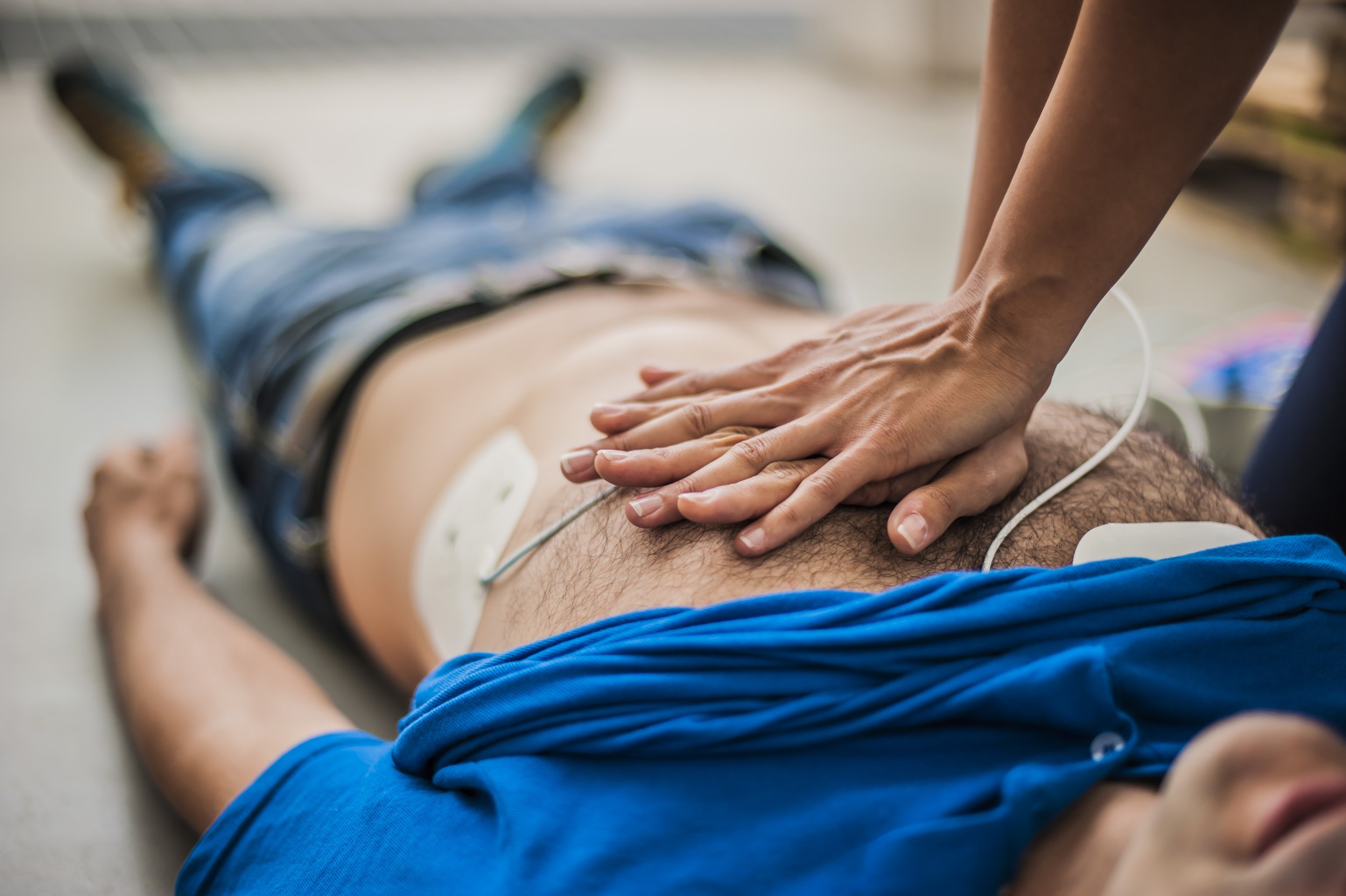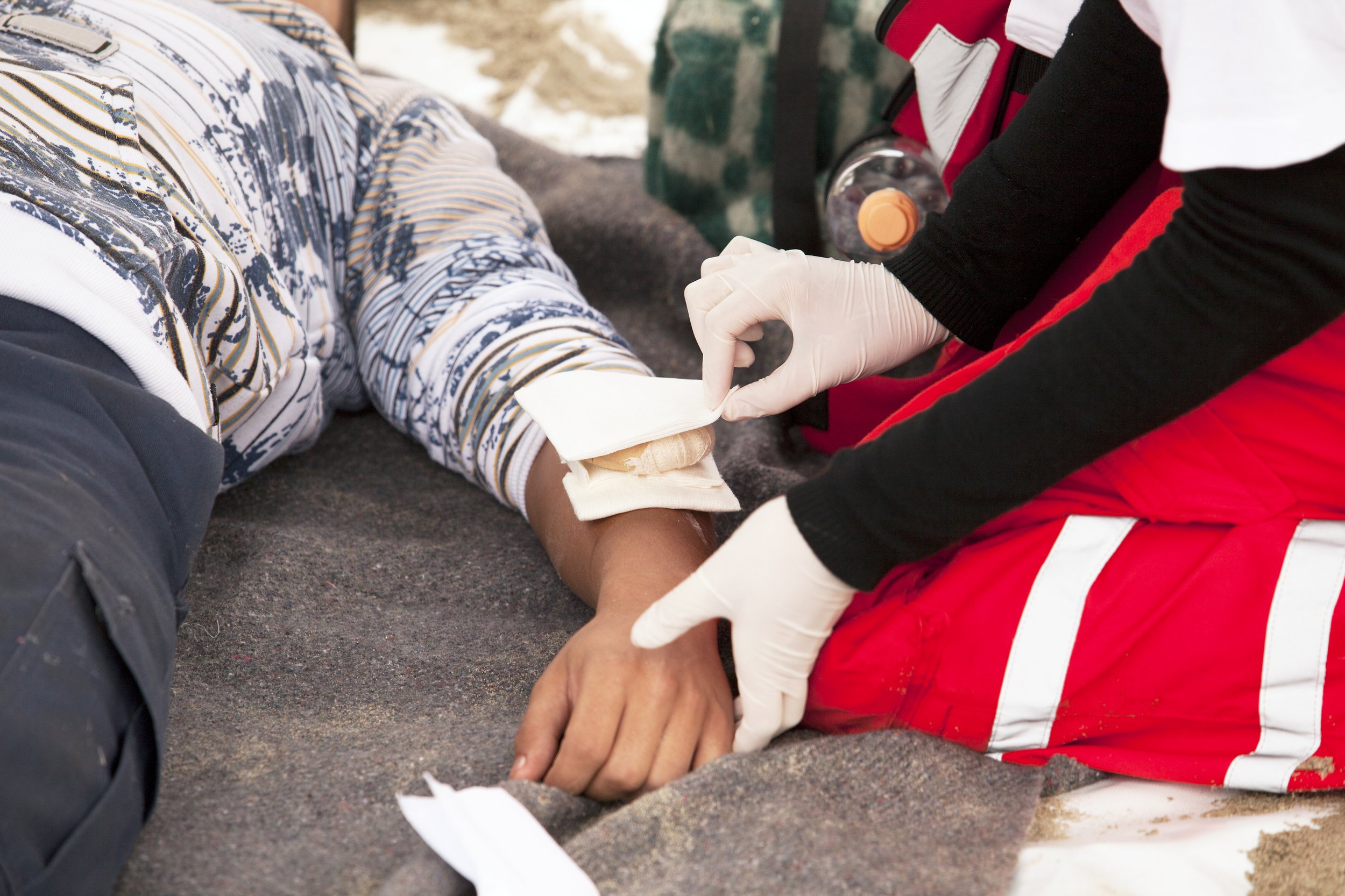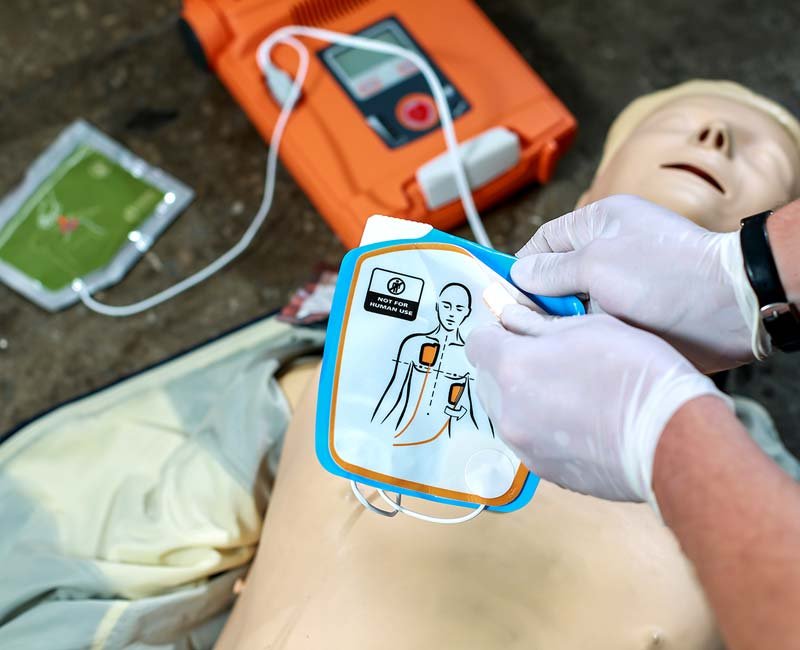
Out-of-Hospital Cardiac Arrest: Understanding the Statistics and What They Mean
Cardiac arrest is a critical emergency that can strike without warning, and its impact is far-reaching. While many people are familiar with the term, understanding the statistics surrounding out-of-hospital cardiac arrest (OHCA) can be a wake-up call. It highlights the urgency of quick intervention and the need for widespread awareness of life-saving techniques like CPR and defibrillation.

The Importance of First Aid Training
In any given situation, whether at home, at work, or in public, emergencies can occur without warning. Accidents happen, and sometimes, the difference between life and death can be a matter of how quickly and effectively a person responds. This is where first aid training becomes crucial.
First aid training is not just about learning how to perform CPR or bandage a wound—it’s about empowering individuals to act confidently and correctly in an emergency, potentially saving lives.

AEDs: When Seconds Count
When seconds count, Automated External Defibrillators (AEDs) can make the difference between life and death. Sudden cardiac arrest (SCA) is an unpredictable, life-threatening emergency that can happen to anyone, anywhere. In these critical moments, the presence of an AED—and a trained bystander—can drastically improve survival rates.

CPR Saves Lives
Imagine this: someone suddenly collapses in front of you. Their breathing stops, their heart isn’t beating, and panic starts to set in. What would you do?

